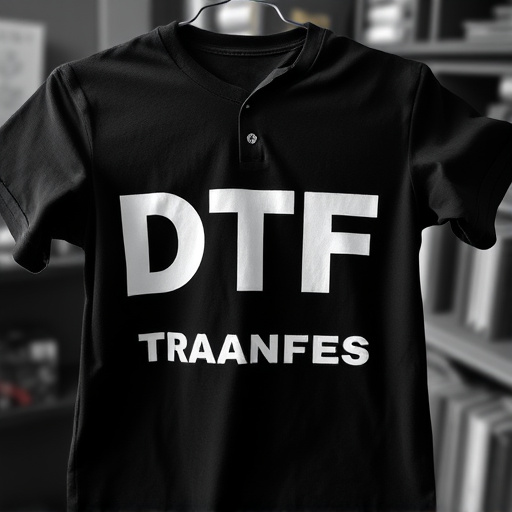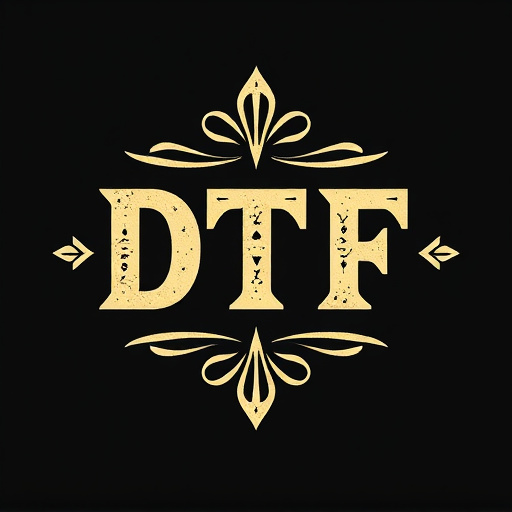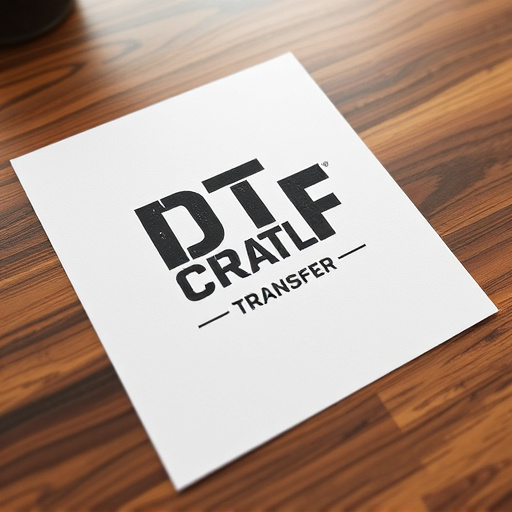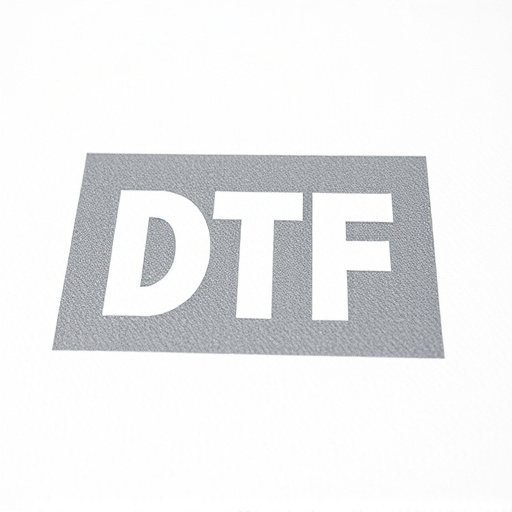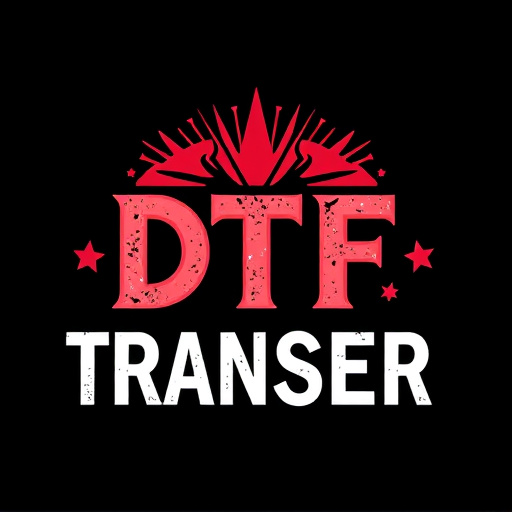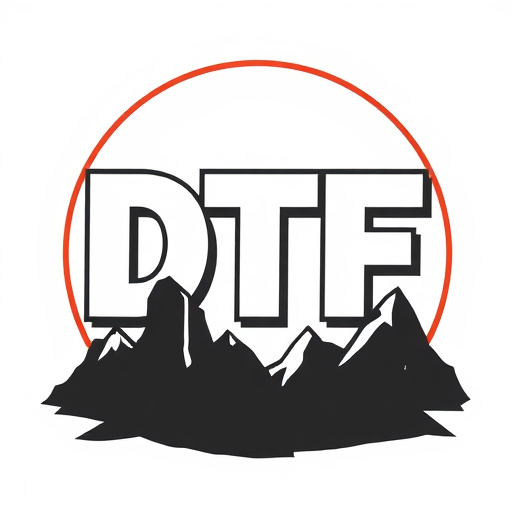Direct-to-film (DTF) transfers represent a cutting-edge process in the film industry, directly capturing and preserving cinematic art from original film stock onto digital or alternative mediums. With a history dating back to the 1980s, DTF technology has evolved significantly due to advancements in inkjet printers, making it more accessible and affordable. The US leads global efforts in DTF transfers, driven by major studios, specialized companies, and startups using advanced scanners, software, and AI tools for high-quality conversions. While challenges like resolution maintenance, copyright issues, and compatibility exist, the future looks bright with growing demand from filmmakers and viewers transitioning to digital platforms, making DTF transfers a vital tool for preserving cinematic history.
Direct-to-film transfers (DTF) represent a cutting-edge solution for film preservation, enabling the digital transfer of analog cinema films directly into digital formats. In the United States, this technology has evolved significantly over the years, driven by a need to safeguard cinematic heritage. This article explores DTF’s history, benefits, key industry players, challenges, and future trends, providing an in-depth look at how DTF transfers are revolutionizing film preservation in America.
- Understanding Direct-to-Film Transfers (DTF): A Brief Overview
- The History of DTF Transfer in the United States
- Benefits of Using DTF for Film Preservation
- Key Players and Technologies in US DTF Transfer Industry
- Challenges and Considerations in DTF Transfer Process
- Future Prospects: Trends Shaping DTF Transfers in the USA
Understanding Direct-to-Film Transfers (DTF): A Brief Overview
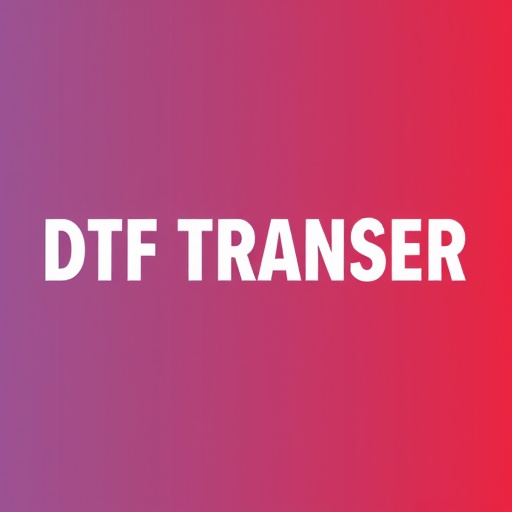
Direct-to-film transfers (DTF) represent a cutting-edge process in the film industry, offering a unique method for capturing and preserving cinematic art. This innovative technique involves transferring the content directly from original film stock to a new medium, such as digital formats or alternative films. By bypassing traditional intermediate steps, DTF transfers aim to retain the authentic look, feel, and quality of the original film, ensuring a more faithful reproduction for modern audiences.
The process begins with careful preparation, including meticulous cleaning and examination of the source material. Then, using specialized equipment, the image is projected onto a receiving surface, often creating a negative or positive print. This step-by-step approach allows for precise control over exposure, contrast, and color balance, resulting in an enhanced visual experience. DTF transfers are particularly valued for their ability to revive classic films, ensure archival quality, and cater to modern display formats while maintaining the original filmmaker’s vision.
The History of DTF Transfer in the United States

Direct-to-film (DTF) transfers have a rich history in the United States, evolving alongside advancements in technology and consumer preferences. The concept first emerged in the 1980s as a way to replicate and distribute films digitally, offering an alternative to traditional film printing methods. Initially, DTF was primarily used for short-run printing projects due to the high cost of equipment and materials.
However, with technological breakthroughs in the late 20th century, DTF transfers became more accessible and affordable. The advent of inkjet printers capable of producing high-resolution images on various media types revolutionized the process. This shift allowed for the mass production of film transfers, catering to a diverse range of applications, from art reproduction to photo printing. Today, DTF continues to thrive in the US market, driven by demand for versatile, high-quality printing solutions.
Benefits of Using DTF for Film Preservation
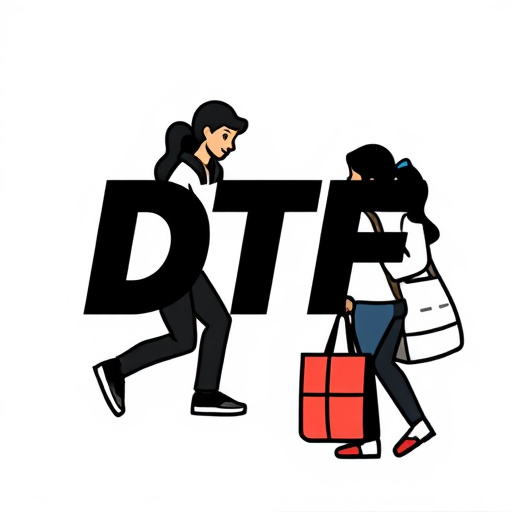
Direct-to-film (DTF) transfers offer a cutting-edge solution for preserving cinematic heritage, ensuring films remain intact and accessible for future generations. This innovative process involves digitally scanning and duplicating film frames directly onto modern media, providing an exact replica of the original picture quality. One of the key advantages is its ability to preserve the intricate details and vibrant colors that might be lost in traditional digital restoration methods.
Additionally, DTF transfers are instrumental in combating the deterioration of physical films, which are susceptible to decay over time. By creating high-resolution digital copies, these transfers safeguard the original content, allowing for easy storage, distribution, and exhibition without subjecting the delicate film stock to frequent handling or exposure to light. This not only extends the lifespan of precious cinematic artifacts but also enables a wider audience to appreciate them.
Key Players and Technologies in US DTF Transfer Industry
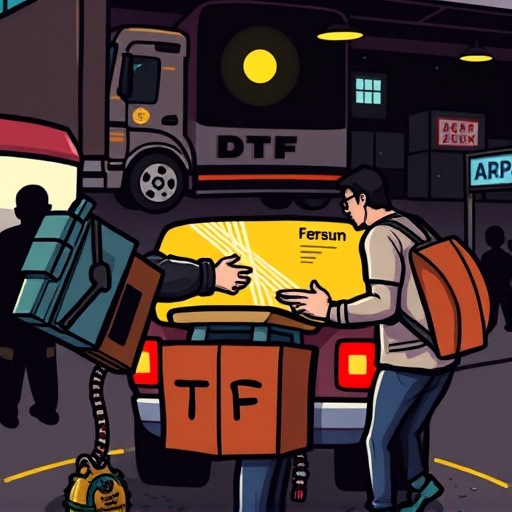
The United States is home to a dynamic Direct-to-Film (DTF) transfer industry, driven by key players and advanced technologies that shape the future of film preservation and distribution. Major studios, specialized restoration companies, and innovative startups lead this sector, leveraging cutting-edge digital tools to ensure the highest quality in DTF transfers. High-resolution scanners, color correction software, and meticulous image processing techniques are at the core of their operations, allowing them to preserve the intricate details and visual splendor of classic films and modern blockbusters alike.
These companies employ a range of technologies, from 4K resolution scanning systems to AI-powered color grading tools, ensuring that each frame is meticulously restored and enhanced. The integration of advanced analytics and machine learning has further elevated the quality of DTF transfers, enabling them to meet the demanding expectations of both filmmakers and audiences worldwide. This blend of expertise and innovation positions the US as a global leader in the preservation and accessibility of cinematic art through direct-to-film transfers.
Challenges and Considerations in DTF Transfer Process

Direct-to-film (DTF) transfers in the United States come with a unique set of challenges and considerations. One of the primary obstacles is achieving high-quality resolution and color accuracy, especially when dealing with older, vintage films. The process requires specialized equipment and expertise to preserve the original film’s integrity while digitizing it, which can be costly and time-consuming.
Another significant factor is ensuring compatibility and accessibility for various platforms. Different streaming services and devices have distinct technical requirements, necessitating careful consideration during the transfer process. Additionally, copyright issues and licensing permissions must be thoroughly addressed to avoid legal complications. These challenges highlight the intricate nature of DTF transfers, demanding meticulous attention to detail throughout each step of the conversion process.
Future Prospects: Trends Shaping DTF Transfers in the USA

The future of Direct-to-Film (DTF) transfers in the United States looks promising, with several trends setting the stage for growth and innovation. One key trend is the increasing demand for high-quality, cost-effective printing solutions among both professional filmmakers and independent content creators. This shift is driving advancements in DTF technology, pushing printers to deliver sharper resolutions and more vibrant colors.
Additionally, the rise of digital distribution platforms and streaming services has created new opportunities for DTF transfers. As viewers increasingly consume content on demand, there’s a growing need for versatile formats that can be easily integrated into various platforms. This, coupled with improvements in inkjet technology, promises to make DTF transfers even more accessible and popular in the years to come.

